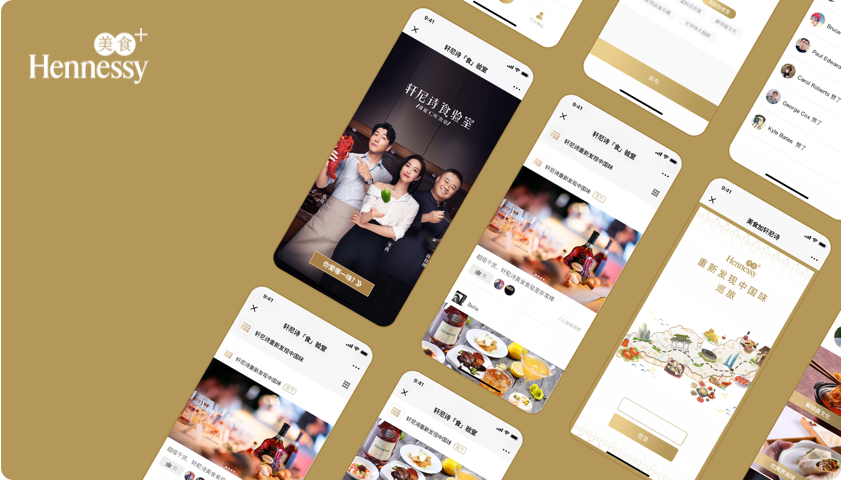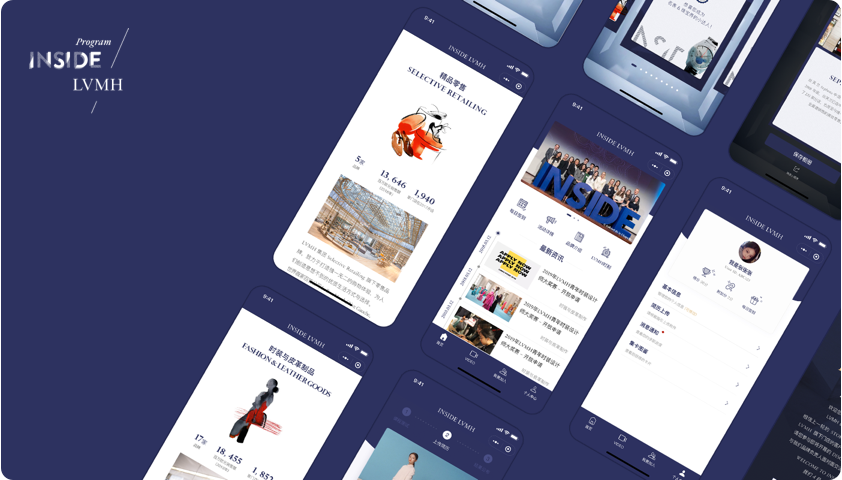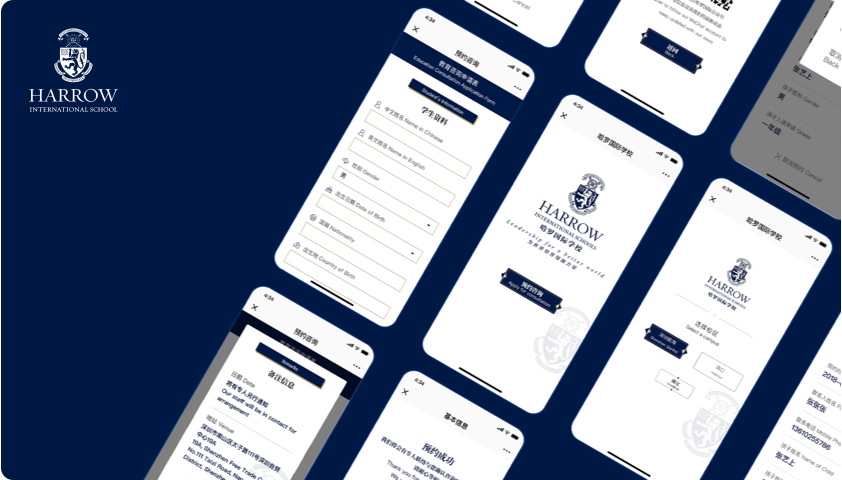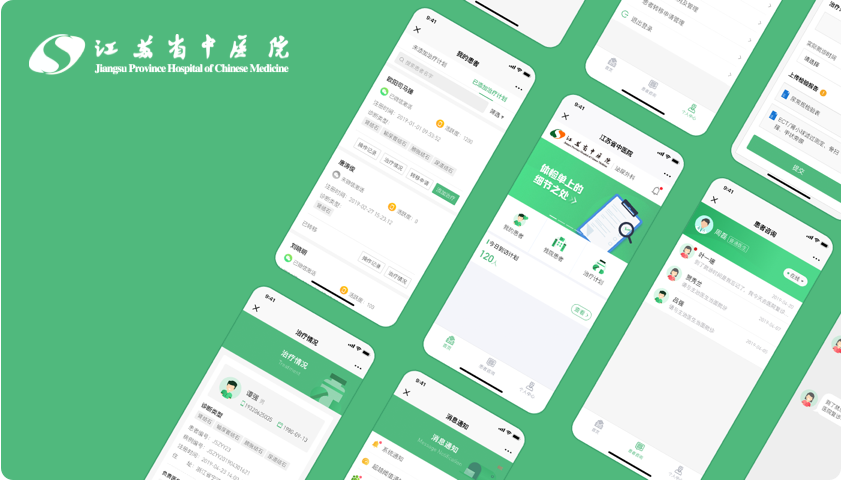MRT为企业互联网+ 赋能
AI Stefanie Sun swept the internet, and AIGC faces copyright dilemma
Young idols born in the 1980s and 1990s, Stefanie Sun, are "providing for the elderly", while AI Stefanie Sun has quietly become the focus of online traffic. The technological changes triggered by AIGC have rapidly spread, directly impacting the field of content creation, and even evolving AIGC into an important component of content platforms. AI Stefanie Sun, AI Jay Chou and other phenomena emerging on platforms such as Station B and Tiktok show the trend of revival of Chinese music. It has to be said that the advancement of technology has lowered the threshold for content creation, made it more participatory, and more curious content has quickly flooded the entire network. However, behind the nationwide frenzy, AI generated content has always faced inherent issues such as copyright disputes and content security.
In order to solve these problems, Tiktok released an initiative on AI generated content on May 9, prohibiting the use of generative AI technology to create and publish infringing content, including portrait rights and intellectual property rights. Once discovered, the violation will be severely punished. In addition, Tiktok also requires publishers to significantly identify the AI generated content and add a unified official watermark. The brutal growth of AIGC is about to usher in the baptism of industry self-discipline.
01 AI Stefanie Sun - Quietly Rising Traffic Password
AI singers have also achieved great success on short video platforms such as Tiktok and Kwai outside station B. The popular logic of AI singers, on the other hand, is through the collaboration of Tian Wang Tian Tian Tian, such as AI singer Stefanie Sun covering classic songs such as Jay Chou and Tao Zhe. On Bilibili, AI Stefanie Sun and Jay Chou's choir version of 'Peninsula Iron Box' has played over 800000 views. In addition, it is also easy to become popular because of the novelty and contrast through the popular Tiktok Divine Comedy with the singing style of Tianwang Tiantian. AI Jay Chou's cover of "Wumeizi Sauce" is a typical case.
The reason why AI Stefanie Sun stood out is not only because of her unique voice, but also because of her technical logic. According to Li Yan, Sun Yanzi's voice was the earliest voice to be open-sourced, and the developers showcased their solutions using Sun Yanzi's voice, attracting a group of users who followed the trend. As early as March 11th, discussions about AI singers began to rise, and in early April, someone opened up Stefanie Sun's voice.
In addition to copyright anxiety at the creator level, platforms also need to take corresponding responsibility for AI content. The person in charge of a music product explained the reason why Tiktok strengthened the supervision of AIGC content. He said that record companies and singers would not take punitive measures against ordinary users, because the user's behavior is of a strong entertainment nature, and these users are also fans of singers. However, singers can hold content platforms accountable.
According to this logic, other content platforms will inevitably accelerate the pace of regulation, and the brutal growth stage of AIGC content is about to end.
02 Watermarking and labeling, AI generation needs to be alerted
In this wave of artificial intelligence, human concerns about crises stem from the rapid evolution of AI, and even the ability to confuse fake with real.
AI painting was criticized for incomplete hand details just two months ago, but it underwent iterative upgrades in a short period of time. Not only could it compete with Taobao models for job opportunities, but it could even transform into a beauty blogger, making it difficult for otaku men and women to distinguish the true face of AI and instead fall into it.
With the evolution of AI, the concept of "digital life" has also begun to be truly realized. On the one hand, technicians using AI to resurrect deceased relatives have made it to the hot search list; On the other hand, AI Musk and AI Jobs engaged in a cross temporal dialogue, while AI Li Bai and AI Lin Daiyu engaged in a poetic debate.
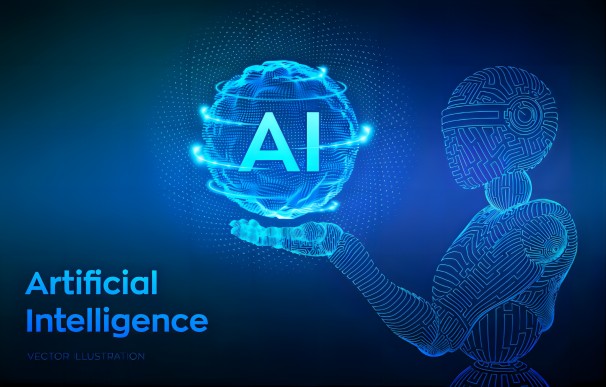
These confusing content not only innovate in form, but also bring novelty to technological changes, thus becoming the "traffic password" of various platforms.
However, in the rapidly developing environment of internet dissemination fission, the AI generated content that is difficult to distinguish between true and false makes the information environment more complex. After technology sinks into the context of the people, uncontrollable factors also increase. It can be said that the higher the popularity of AI generated content, the greater the hidden concerns it brings, and the impact on privacy and content security boundaries has become unprecedented. Therefore, the regulation of content platforms has become particularly important.
At present, Tiktok has proposed a solution, that is, add a watermark on the content and label it uniformly. Specifically, the text content needs to be clearly labeled with the words "AI generated", and the video content also needs to add a watermark with a specified proportion on the canvas to highlight the identification of AI. In the process of pushing, the platform will also add notification tags of "This content is generated by AI" in information flow, video detail page and other locations.
03 Tiktok sets off a storm of AIGC content supervision and promotes industry standardization
The short video content platform Tiktok released an initiative for AI generated content on May 9. In addition to requiring publishers to clearly identify the AI generated content and add a unified official watermark, Tiktok also strengthened the management of virtual people, requiring virtual people to register on the platform and obtain their own "ID card". At the same time, users of virtual human technology also need to conduct real name authentication.
As an industry of considerable scale, Tiktok's supervision on virtual human is timely. The rise of virtual humans can be traced back to 2020, and the development of technologies such as artificial intelligence, cloud computing, and 5G has unleashed the value of virtual humans in content, marketing, and industrial development.
However, as an emerging thing, a series of problems inevitably arise in the process of virtual human industrialization. In addition, with the popularization of generative artificial intelligence technology at the public level, the governance of virtual humans has become more complex.
Firstly, it involves general personality rights such as portrait rights and voice rights of virtual individuals. With the support of AI painting tools, the technical threshold has once again been lowered, making it easier to design a set of virtual images exclusive to ordinary users. However, the convenience of technology has blurred the boundaries of rights, AI technology has become a tool, and the personalized content of users that can be seen everywhere on the Internet has become material, ultimately leading to the chaos of abusing the image of others and data security, becoming a companion problem of technological openness.
At the same time, with the advent of the era where everyone can have virtual humans, the entry threshold for content creators has decreased, which can easily lead to uneven quality of virtual human live streaming and video content.
From the sudden rise of popularity caused by technological changes, to the curiosity and novelty of the public towards it, and finally to the benign development of new forms of content, AIGC generated content will inevitably go through a period of development pain. Only through regulatory constraints can it ultimately move towards a standardized development path.








